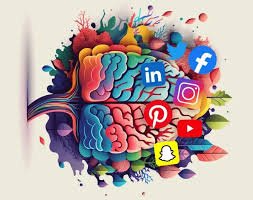In today’s fast-paced digital world, the intersection of technology and mindfulness has become increasingly significant. With constant notifications and an overwhelming amount of information at our fingertips, finding a balance between digital engagement and mental well-being is essential.
The Impact of Technology on Mental Health
Research indicates that excessive screen time and social media use can lead to feelings of anxiety, depression, and loneliness. A study from the American Psychological Association found that individuals who spend more than two hours a day on social media platforms are more likely to report poor mental health. This connection highlights the need for mindfulness practices to mitigate the adverse effects of technology.
Mindfulness, the practice of being present and fully engaging with the moment, can counteract the distractions of our digital lives. Techniques such as meditation, deep breathing, and focused attention can help individuals reconnect with their thoughts and feelings, allowing them to manage stress effectively.
Strategies for Practicing Mindfulness
- Digital Detox: Setting specific times to unplug from devices can help restore mental clarity. Consider scheduling tech-free hours, especially during meals or before bedtime, to foster better relationships and improve sleep quality.
- Mindful Consumption: Be intentional about the content you consume. Follow accounts and channels that promote positivity and learning rather than comparison and negativity. Curate your online experience to enhance your well-being.
- Mindfulness Apps: Leveraging technology for mindfulness can be beneficial. Apps like Headspace and Calm offer guided meditations, sleep stories, and relaxation techniques, blending the digital and mindful worlds in a supportive way.
Conclusion
As technology continues to evolve, the importance of mindfulness in maintaining mental health becomes clearer. By actively engaging in mindfulness practices, individuals can navigate the complexities of the digital age while prioritizing their well-being.
